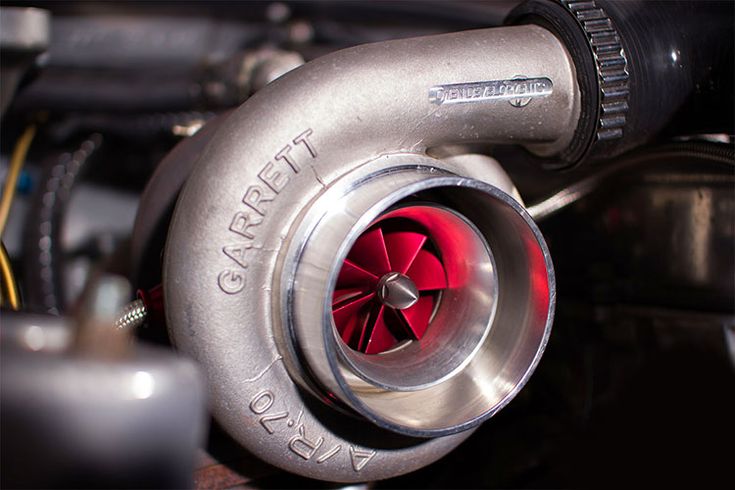Repair instructions
How Long Can You Drive With a Bad Turbo?
Summary: Driving with a damaged turbocharger isn’t just risky; it can lead to significant engine damage and costly repairs. Even if your vehicle still runs, the turbo failure will eventually cause issues that affect your engine’s health. Here’s why it’s best to stop driving and get it fixed ASAP.

Is It Safe to Drive with a Bad Turbocharger?
In short: No. Driving with a bad turbo is unsafe and can cause serious damage to your engine. While your car might still function in the short term, a blown turbocharger can wreak havoc on internal components, leading to even more expensive repairs down the road. The turbo runs at extremely high speeds (up to 150,000 RPM), generating a lot of heat. If this heat isn’t properly managed, it can cause your engine to overheat and fail prematurely.
Why Cooling Down Your Turbo Is Crucial
Turbochargers operate under extreme conditions, spinning at up to 150,000 RPM. This means they can generate a lot of heat very quickly. Modern vehicles often include cooling systems to manage this heat, but it’s still a good idea to let your turbo cool down naturally after driving.
Allowing the engine to idle for a few minutes after driving gives the turbocharger and its bearings time to cool down. This prevents excessive heat buildup, which can cause long-term damage to the engine.
How Long Should You Let Your Engine Idle?
While it might seem like a hassle, idling for just 60 seconds is enough to prevent turbocharger damage. This small step helps ensure that the oil temperature lowers gradually, protecting your turbo and engine components.
What is a Turbo Timer?
A turbo timer is a handy tool designed to prevent your turbo from overheating. It keeps the engine running for a few minutes after you turn off the ignition, allowing the hot oil to continue circulating and cool the turbocharger down. While not all vehicles require a turbo timer, it’s a smart investment if you often forget to let your engine idle before turning it off. Just make sure to check if your car already has an electronic cooling system to do the same job.
How to Spot a Bad Turbocharger
Identifying a failing turbo early can save you from major repairs down the line. Here are some key signs to watch for:
- Poor Engine Performance: If your car feels sluggish or you notice a significant drop in acceleration, the turbocharger may be failing.
- Decreased Fuel Efficiency: A faulty turbo won’t provide the proper airflow to the engine, causing it to burn more fuel than necessary. If you’re refueling more often, this could be the cause.
- Overheating Engine: A stuck turbo impeller can lead to engine overheating. When the turbo can’t operate properly, the engine compensates by working harder, increasing the risk of overheating.
- Engine Failure: Left untreated, a damaged turbo can result in carbon buildup and other engine problems, potentially leading to a total engine failure.
- Catalytic Converter Damage: A bad turbocharger can cause an incorrect air-to-fuel ratio, leading to excess air or unburned fuel entering the catalytic converter, which can damage it.
What Should You Do if Your Turbo Is Damaged?
When you notice signs of turbo failure, you have two choices: repair or replacement. If the damage is extensive, replacing the turbocharger is usually the better option. A mechanic can assess the condition of your turbo and recommend the best course of action, ensuring your vehicle gets back to peak performance. Don’t delay – the longer you wait, the more likely you are to face severe engine damage.
Conclusion:
Driving with a bad turbocharger isn’t just a minor inconvenience; it can lead to major engine problems and costly repairs. If you suspect your turbo is failing, take action sooner rather than later. And remember, taking a few minutes to let your engine cool down can help extend the life of your turbocharger and keep your engine running smoothly for years to come.
